6' x 4' Wooden Sider Trailer
Lights & Wiring
Note
Before doing any cable fitting, it is advisable that the trailer is fully prepared and painted or galvanised and at the bare minimum, has a primer coat applied.
Running the light cable
From the front of the trailer, slide a semi-rigid section of mild steel "pull" wire down the drawbar until it comes out at the spring end. Tape the trailer 5 core cable (seven core if you are fitting electric brakes) to the end of the "pull" wire and pull from the spring hanger end until the cable comes through.
Gently pull the cable through until you have a good length that will reach along the length of the trailer and across the rear light channel. Allow another 300-400mm extra of cable to play with.
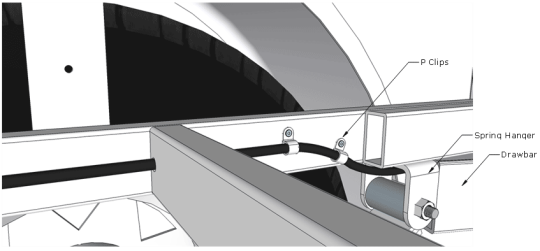
Allow another 600mm extra at the coupling end of the drawbar for wiring into your plug.
Drill through any cross members not already drilled to allow the cable to be threaded through. Thread the cable from the spring hanger end of the drawbar, through the conduits and cross members until you reach the position of your first light. Add on an extra 150mm of cable and cut.
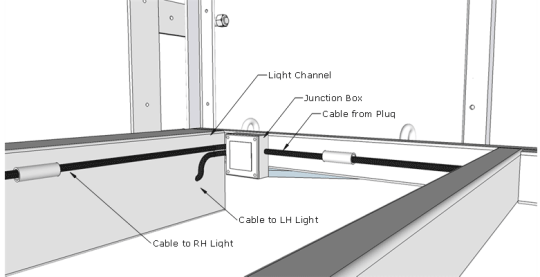
Thread the left over cable through the conduits along the light channel to the second light.
Fitting Lights
Make sure that your number plate light is in the correct position and that the light will shine on the plate. Keep your lights as wide as possible in the light channel, but do not place lights directly behind the rod bracing.
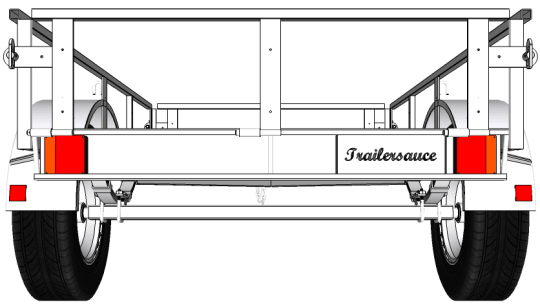
Mark out your light position on the light channel and drill the mounting and cable holes as per your lights instructions or template
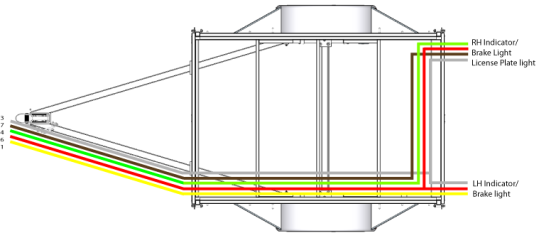
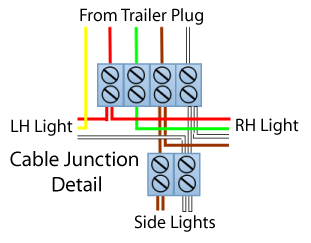
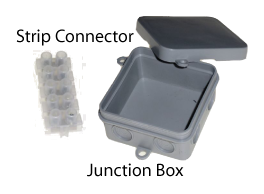
Other options include soldering the wires together and sealing with insulation tape and a heat shrink tube or using crimp connectors and covering again with heat shrink tube. These options take less time to do than the first option, but will cause a bit of a headache when maintenance needs to be done at a later date.
If you go down the junction box route, secure the box to the chassis rail directly behind the light channel.
SIDE MARKER LIGHTS

Crimp connectors are the most convenient method for joining the wires to sealed lights with attached wiring.
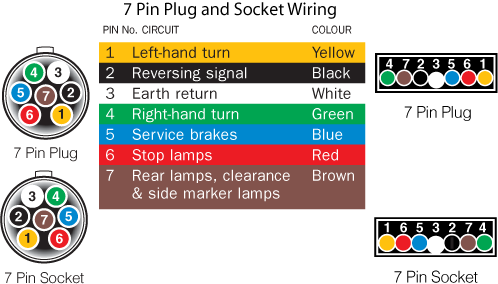
PLUG
Pass the plug end cable through the cable hole drilled in the top or side of the drawbar and slide a suitable sized rubber grommet over the cable to prevent any chafing of the cable where it passes through the drawbar.
Trim the length of cable so that the cable can move with the trailer behind the tow vehicle without being stretched or kinked, but not too long that it will dangle too close to the ground.
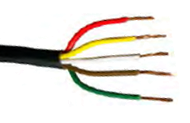
If possible, check all your lights by hooking the trailer plug up to your tow vehicle. If you don't have a mate to help you check your brake lights, grab a mirror and position it behind the trailer where you can see it from the tow vehicle.